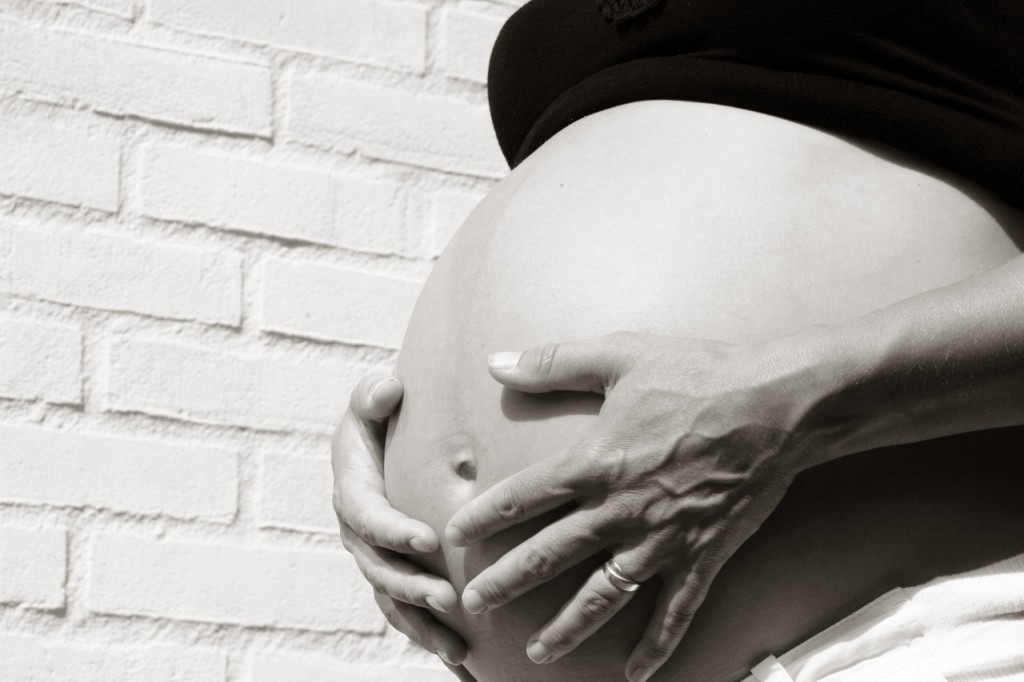 Cold outdoor air, dry indoor air, viral head colds, and nasal allergies all mean one thing and that is a dry nose and probable nose bleeds, or epistaxis as the medical professionals call it. Some people are more susceptible than others to getting these bleeds. Most people will have one every 1-2 years which may be related to the above, or due to trauma directly to the nose, or in many children related to exploring the inside of the nose with their fingers. Usually the bleeds only last for a few minutes and may return shortly after should the child blow their nose too aggressively soon after the bleeding stops.
Cold outdoor air, dry indoor air, viral head colds, and nasal allergies all mean one thing and that is a dry nose and probable nose bleeds, or epistaxis as the medical professionals call it. Some people are more susceptible than others to getting these bleeds. Most people will have one every 1-2 years which may be related to the above, or due to trauma directly to the nose, or in many children related to exploring the inside of the nose with their fingers. Usually the bleeds only last for a few minutes and may return shortly after should the child blow their nose too aggressively soon after the bleeding stops.
How do you help prevent them? Humidify the air with humidifiers, and take showers daily to help. There are also normal saline nasal sprays to help re-hydrate the nose. There are also normal saline gels that one can apply in the nose that slowly dissolves over time, again hydrating the nasal tissue. Controlling other irritants is also important. Controlling environmental allergies helps reduce the swelling and decreased integrity of the inside nasal tissue making it less likely to break down and bleed. Using antihistamines will also help control the reaction to the environmental allergens.
For young children and those who are developmentally delayed, a bloody nose can represent a foreign body in the that side of the nose. There is a difference with this bloody nose vs others, though. Most often the foreign body has been in the nose for a few days prior to the nose bleeding. The foreign object often elicits an immune response causing swelling, redness and pain. Also, the body starts to fight it off and causes some pus formation. So, the bloody nose also has some white purulent discharge in it. There is often a foul odor associated with this but not always. Furthermore, the discharge often drips down the back of the throat often causing a cough. Therefore, should the bloody discharge be darker than fresh blood, consistently in one nostril and have an associated cough one should think about a foreign object up her nostril.
But what if it is too late and your nose starts to bleed? What do you do? Like all bleeding, you apply pressure to the bleeding site to let the clot form. Most bleeds originate from the septum, the middle portion of the nose that separates the right from the left nasal opening. Get some soft tissue and roll it up so that it is approximately the size of the nasal opening. Apply some antibiotic ointment or even plain petroleum jelly to the top 1/2 inch or so of the tissue. Next, insert the tip into the nasal opening and apply pressure from the outside against the nostril towards the septum. Apply for 5-10 minutes, and then check to see if the bleeding has stopped. If not, reapply.
If it has stopped, then be very careful, especially for the next 1-2 hours to make sure the clot does not fall off and the bleeding restarts. After the bleed starts the nose starts to make more mucus in an attempt to flush out the irritant. The purpose of the ointment on the tissue is to prevent the blood form clotting onto the paper fibers. When this occurs and you pull out the tissue, you disconnect the clot form the site of the bleed thereby causing it to bleed again immediately. Even once the tissue is removed and the bleeding has stopped, the ointment prevents the in nasal secretions or mucus from sticking to the newly formed clot and pulling it off even with soft blowing of his nose. Over the next 3-4 days gently apply a thin layer of the petroleum jelly or antibiotic ointment to the inside of the nose with a cotton swab. Place the swab only as far as the cotton itself no further and gently wipe the septum with the ointment. This will allow the scab to form and harden over the site of the bleed and improve healing. Once again, the best choice is to take care of the delicate skin inside your nose so you do not have to deal with any of this. After all it is nothing to sneeze at!
For more information go to www.healthychildren.org and look up nosebleeds.











